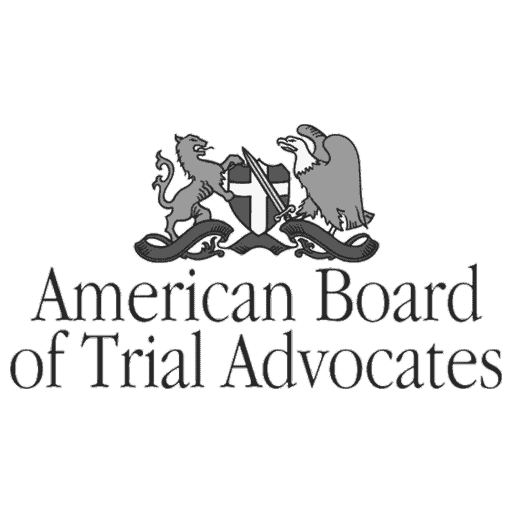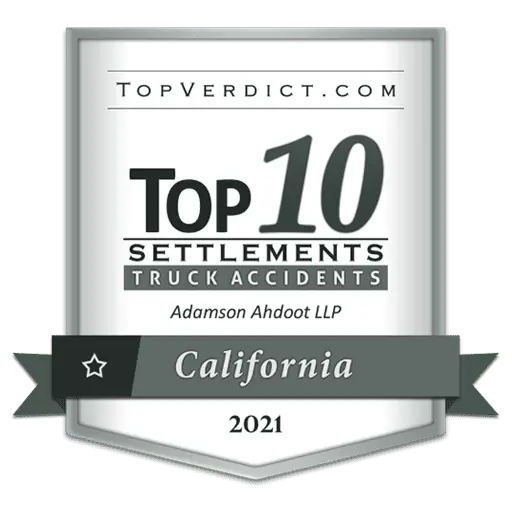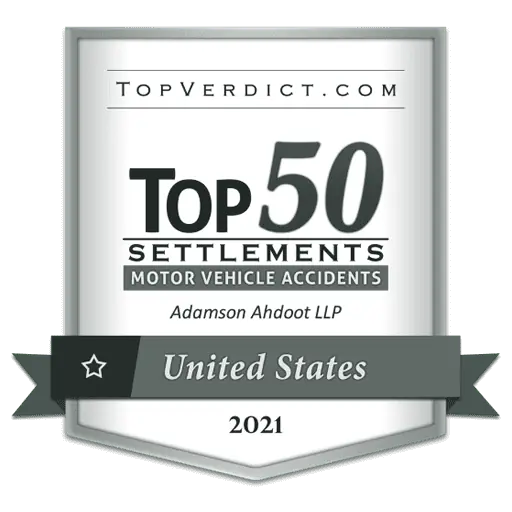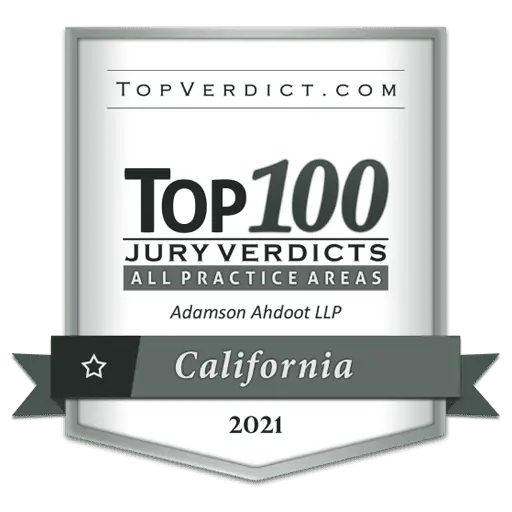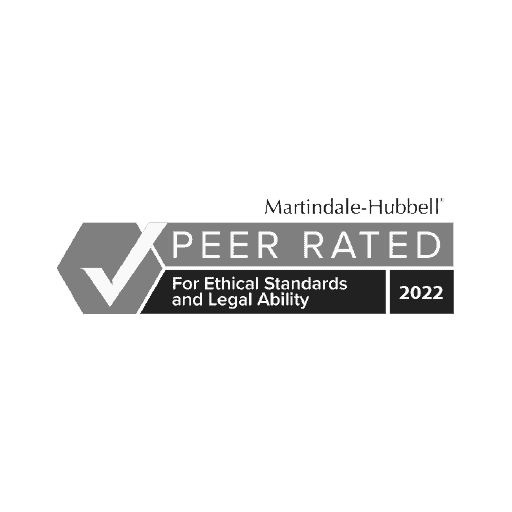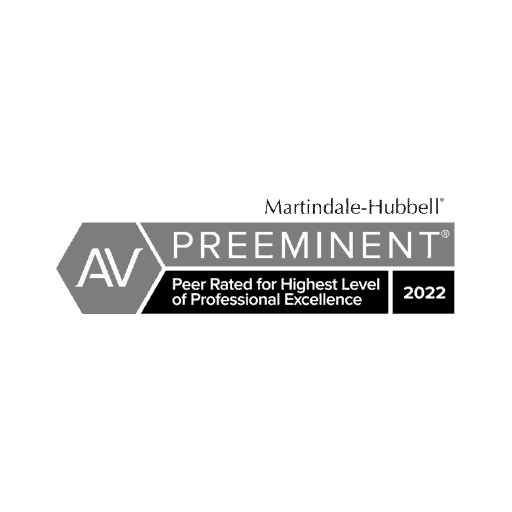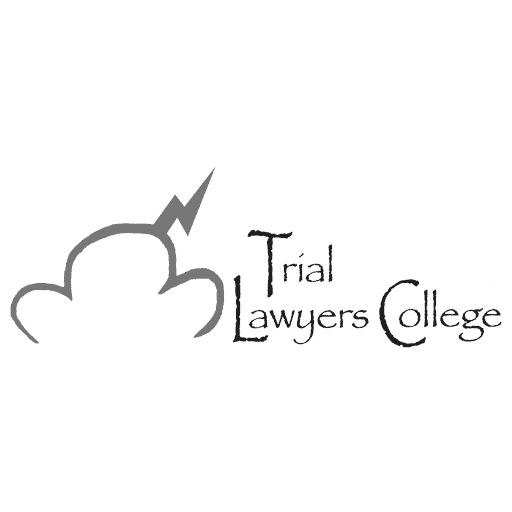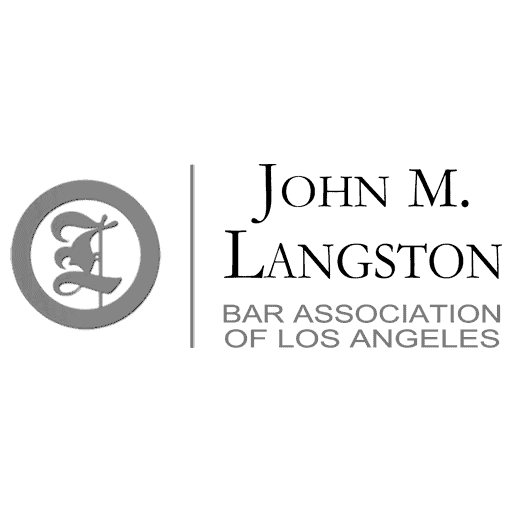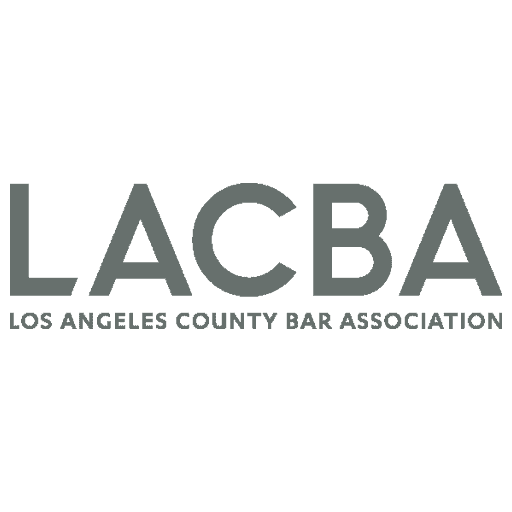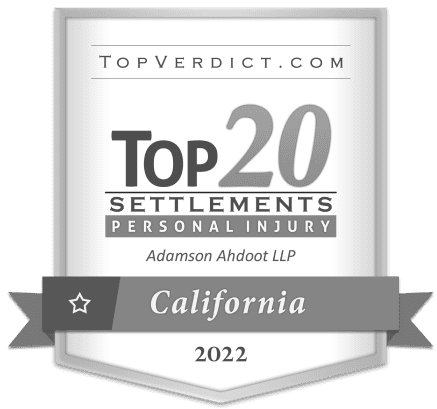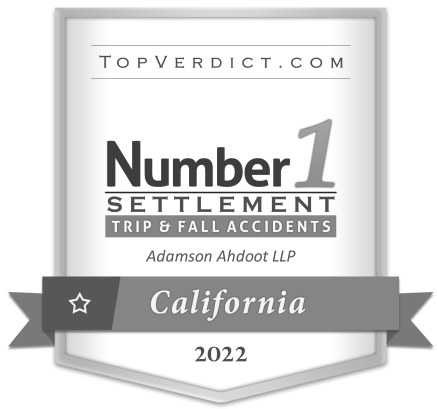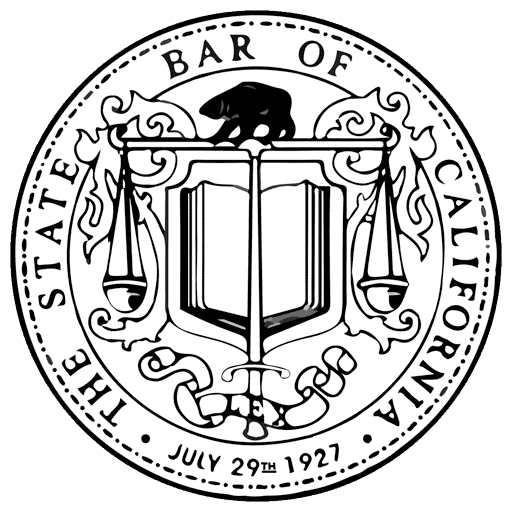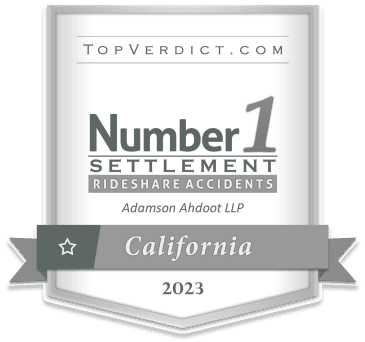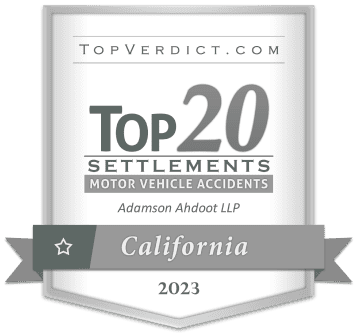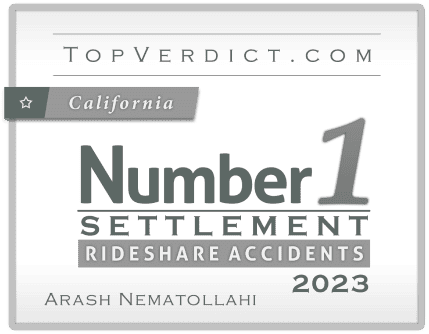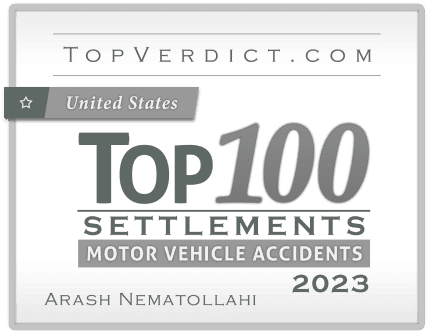After a car accident, gathering evidence is essential to protect your rights and build a strong case. The information and documentation you collect can help you establish fault, support your claim, and ensure a fair outcome, whether through insurance negotiations or in court. Understanding the specific types of evidence that can strengthen your case empowers you to take control and secure the compensation you deserve.
Why Immediate Evidence Collection Can Strengthen Your Case
Taking quick action after a car accident significantly impacts the outcome of your claim. Evidence not only substantiates your account but also supports the determination of liability and the extent of damages—from property damage to medical costs. Strong evidence supports your case in the following ways:
- Providing a Factual Record: Accurate evidence helps recreate the accident scene, ensuring a comprehensive understanding of the incident.
- Establishing Liability: Key documentation, including witness statements and police reports, helps clarify fault, especially if the insurance companies become involved.
- Supporting Financial Claims: Evidence like medical records and repair invoices can illustrate de financial burden caused by the accident, assisting you in claiming full compensation.
Quick Actions to Protect Your Claim
In the minutes after the accident, prioritize gathering essential details. Obtain the other driver’s contact information, speak to witnesses if possible, and request a police report for an official account of the incident.
For more detailed steps on handling an accident safely, check the National Highway Traffic Safety Administration’s recommendations on safer driving and post-crash tips.
Collecting Evidence at the Accident Scene
If you’re safe, gathering evidence at the accident scene is one of the most impactful steps. Here are the primary types of evidence to focus on.
Using Photos and Videos to Capture the Scene
Visual documentation of the accident provides crucial context. Take photos and videos of:
- Damage to vehicles from multiple angles.
- Skid marks, debris, and road conditions.
- The position of each vehicle involved.
- Weather conditions and any other situational details.
- License plates and identifying details.
Short video clips can capture more of the accident’s context, including sounds or conversations, adding depth to the record for later reference.
Requesting and Reviewing a Police Report
A police report is often regarded as a reliable, unbiased account of the accident. Contacting the police after an accident e sures a documented investigation of the incident. This report is often critical for insurance companies and court proceedings. Be sure to:
- Request a copy of the report for your records.
- Confirm its accuracy after it’s completed.
- Follow up with the department if any corrections are needed.
A police report provides an official record, which can clarify facts and bolster your claim, especially if there are disagreements over fault.
Gathering Witness Information and Statements
Witness statements add an independent perspective to your claim, which can be invaluable if there are differing accounts of the accident. Speak to any bystanders and gather their contact information. Key steps include:
- Asking for names, phone numbers, and a quick account of what they saw.
- Respectfully requesting permission to follow up if more details are needed later.
Witnesses may provide observations you missed, such as the speed of other vehicles or unusual behavior from another driver, which can help verify your account.
Documenting Your Own Account of the Accident
Your observations and memories of the incident can reinforce the overall narrative of your claim. Write down key points such as:
- The time and location of the accident.
- Events or behaviors you noticed before the collision.
- Any specific weather or road conditions.
Your written notes will serve as a reference, helping keep your account consistent if questions arise.
Seeking Medical Care and Documenting Injuries
Even if you feel uninjured, a medical evaluation after an accident is essential. Some injuries don’t show immediate symptoms, and medical records can help indicate any injuries sustained. Ensure that you:
- Record each medical visit and keep treatment notes.
- Save bills, prescriptions, and other related receipts.
- Follow up with your doctor if new symptoms arise in the days following the accident.
These records can support claims for medical expenses and pain and suffering, especially if long-term treatment is required.
Gathering Additional Documentation After the Accident
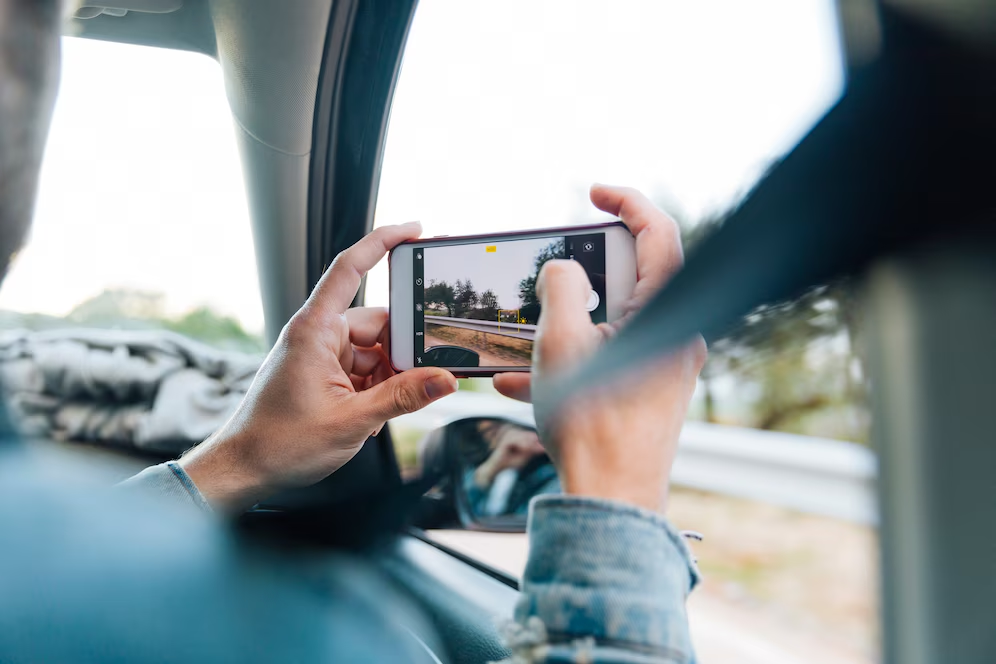
As you begin managing repairs, medical treatments, and communications, continue gathering evidence to support your claim further.
Retaining Repair Estimates and Vehicle Damage Records
Damage assessments and repair documents provide important information about the extent of vehicle damage. Keep all relevant records, including:
- Photos of your car before and after repairs.
- Estimates and final invoices from the repair shop.
- A summary of any necessary parts and repairs.
These documents are necessary to calculate property damage compensation and verify the accident’s impact on your vehicle.
Organizing Insurance Communications and Claims Documents
Your correspondence with insurance adjusters is also an important part of the evidence in your case. Be sure to keep:
- Copies of all emails, letters, and messages from your insurance company or the other driver’s insurer.
- Notes from phone conversations, including whom you spoke with and when.
- All claim forms and related documents.
These communications document your interactions and protect you in case of disagreements with the insurer.
Tracking Lost Income and Employment Records
Documenting lost income is critical for accident victims who miss work due to injuries. Here’s what to keep:
- Recent pay stubs or records of your typical income.
- Confirmation from your employer of any absences due to the accident.
- Disability-related documents if your injuries qualify.
These records support claims for lost wages and help illustrate the financial impact of the accident on your livelilhood.
Organizing and Storing Your Evidence for Easy Access
Keeping your evidence organized ensures that everything is readily accessible lif you need to reference it. This process also makes presenting your case to an attorney or insurance adjuster easier. Here are a few Strategies:
- Digital Storage Solutions: Use cloud storage to securely save scanned copies of all documents, making them easily accessible from anywhere.
- Physical File Organization: Store hard copies of evidence in a designated folder or binder, organized by type or date.
- Create an Evidence Log: Write a brief summary of each piece of evidence and the date it was collected for quick reference.
With an organized approach, you’ll ensure you have all the documents you need to build a comprehensive case.
How a Lawyer Can Help You Strengthen Your Case
Managing evidence collection and insurance interactions can be challenging. An experienced attorney can provide additional support and ensure that your case is presented effectively. Adamson Ahdoot offers assistance with gathering the necessary documentation and negotiating with insurance companies.
Our legal team can help by:
- Reviewing your existing evidence to identify any gaps.
- Advising on additional documentation that can support your case.
- Managing direct negotiations with insurers on your behalf.
To learn more, contact Adamson Ahdoot for a free consultation at (800) 310-1606. We’re here to guide you through every step of your case.
Securing Your Rights with Thorough Evidence Collection
Collecting and organizing evidence following a car accident is vital to protecting your rights and pursuing fair compensation. From photos and police reports to medical documentation, every piece of evidence strengthens your claim, providing a factual basis that supports your accout. By taking these steps—and consulting with a professional if needed—you can ensure you’re prepared for any challenges in the claim process.
For personalized assistance, call us at (800) 310-1606 or fill out our online form to speak with a car accident expert for a free consultation.
If you’d like additional insights, see our articles on avoiding common mistakes after a car accident and a guide to navigating insurance claims.


